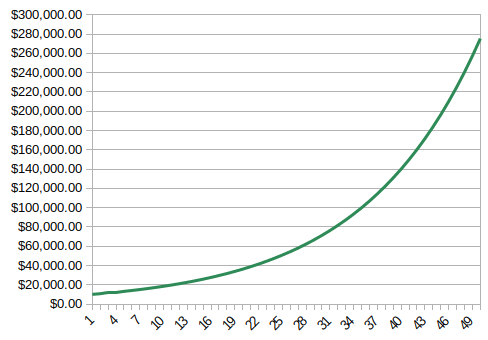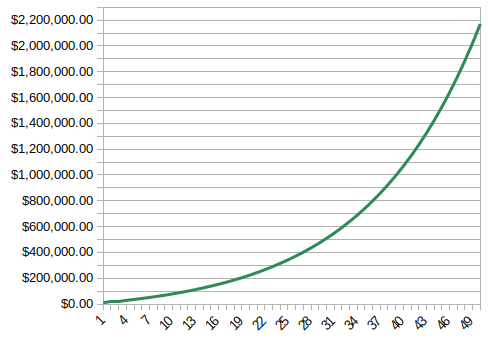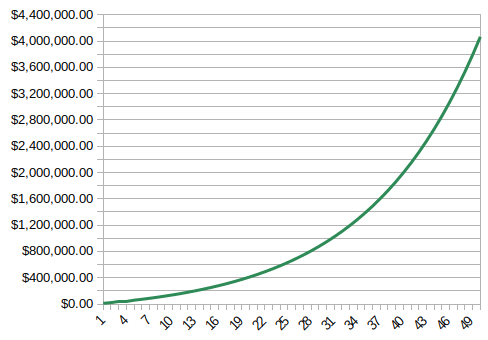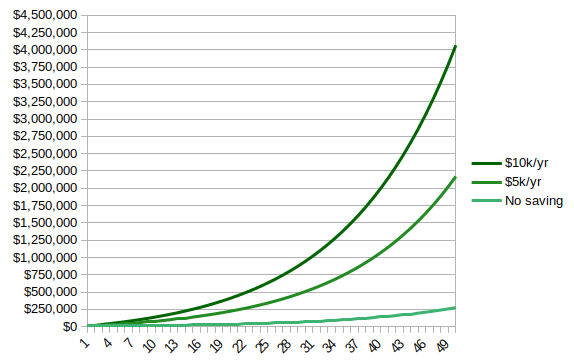If you have several outstanding loans, what’s the fastest way to pay them down? How should you prioritize which loan to pay down first?
The most efficient way to pay down existing debt burden is better known as the debt avalanche method.
It goes like this:
- Make an inventory of all the debt you have and their associated interest rate.
- Keep paying the minimum payment on all debt to avoid any fees and deteriorate your credit score.
- Focus on one loan at a time and make an extra payment on the loan that has the highest interest rate. Keep doing it until the loan is paid.
- Congratulations, you now have one loan paid off. Move to the next highest interest rate loan and use the extra cash freed from the minimum payment of the loan you just paid to pay this second loan even faster.
- Rinse, repeat, until you do not have any more outstanding debt, paying each loan faster by redirecting the extra cash from each paid off loan towards paying the next one.
This strategy minimizes the amount of interest you pay by targeting the loans with the highest interest rates first.
Some argue that in the battle towards paying off debt, the psychological aspect may be more important as it is often a marathon more than a sprint. And therefore seeking early sign of encouragement may go a long way to stay on the path of debt freedom.
In that regards the debt snowball approach is sometimes considered. The principle is similar to the debt avalanche method but instead of focusing on the loan with the highest interest rate, you’d focus on the loan with the smallest balance. So you more quickly scratch a loan off your list as an early encouragement.
However Mr. Honu is way too cartesian to allow extra interest payment to run and would focus on the debt avalanche method instead. But that’s just me. The debt snowball can be a decent alternative and is certainly better than letting your debt run away.
There are more resources on the debt avalanche and the debt snowball on the internet.




